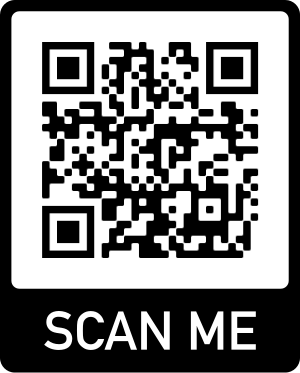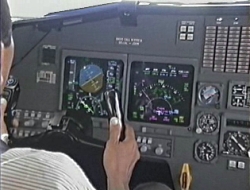Overview
The Maneuvering
Characteristics Augmentation System (MCAS) flight control law was designed and
certified for the 737 MAX to enhance the pitch stability of the airplane – so
that it feels and flies like other 737s.
MCAS is designed to
activate in manual flight, with the airplane’s flaps up, at an elevated Angle
of Attack (AOA).
Boeing has developed
an MCAS software update to provide additional layers of protection if the AOA
sensors provide erroneous data. The software was put through hundreds of hours
of analysis, laboratory testing, verification in a simulator and two test
flights, including an in-flight certification test with Federal Aviation
Administration (FAA) representatives on board as observers.
The additional layers
of protection include:
·
Flight control system will now compare inputs from both AOA
sensors. If the sensors disagree by 5.5 degrees or more with the flaps
retracted, MCAS will not activate. An indicator on the flight deck display will
alert the pilots.
·
If MCAS is activated in non-normal conditions, it will only
provide one input for each elevated AOA event. There are no known or envisioned
failure conditions where MCAS will provide multiple inputs.
·
MCAS can never command more stabilizer input than can be
counteracted by the flight crew pulling back on the column. The pilots will
continue to always have the ability to override MCAS and manually control the
airplane.
These updates reduce
the crew’s workload in non-normal flight situations and prevent erroneous data
from causing MCAS activation.
We continue to work
with the FAA and other regulatory agencies on the certification of the software
update.
Training
To earn a Boeing 737
type rating, pilots must complete 21 or more days of instructor-led academics
and simulator training. Differences training between the NG and MAX includes
computer-based training (CBT) and manual review.
Boeing has created
updated CBT to accompany the software update. Once approved, it will be
accessible to all 737 MAX pilots. This course is designed to provide 737
type-rated pilots with an enhanced understanding of the 737 MAX Speed Trim
System, including the MCAS function, associated existing crew procedures and
related software changes.
Pilots will also be
required to review:
·
Flight Crew Operations Manual Bulletin
·
Updated Speed Trim Fail Non-Normal Checklist
·
Revised Quick Reference Handbook
Key
Definitions
Maneuvering Characteristics Augmentation System (MCAS) – flight control law implemented on the 737
MAX to improve aircraft handling characteristics and decrease pitch-up tendency
at elevated angles of attack.
Angle of Attack (AOA) – the difference between the pitch angle (nose direction) of
the airplane and the angle of the oncoming wind.
Angle of Attack Sensor / Vane – hardware on the outside of the airline that
measures and provides angle of attack information to onboard computers; also
referred to as an AOA vane.
Angle of Attack Disagree – a software-based information feature that alerts flight crews
when data from left and right angle of attack sensors disagree. This can
provide pilots insight into air data disagreements and prompts a maintenance
logbook entry.
Angle of Attack Indicator – a software-based information feature that provides angle of
attack data to the flight crew through the primary flight displays. It is an
option that can be selected by customers.
Control law – a set of software that performs flight control function or
task
FCOM (Flight Crew Operations Manual Bulletin) – supplementary operations information
FOTB (Flight Operations Technical Bulletin) – supplementary technical information
Speed trim system – a system that uses multiple components to provide additional
speed or pitch stability when needed






Nenhum comentário:
Postar um comentário